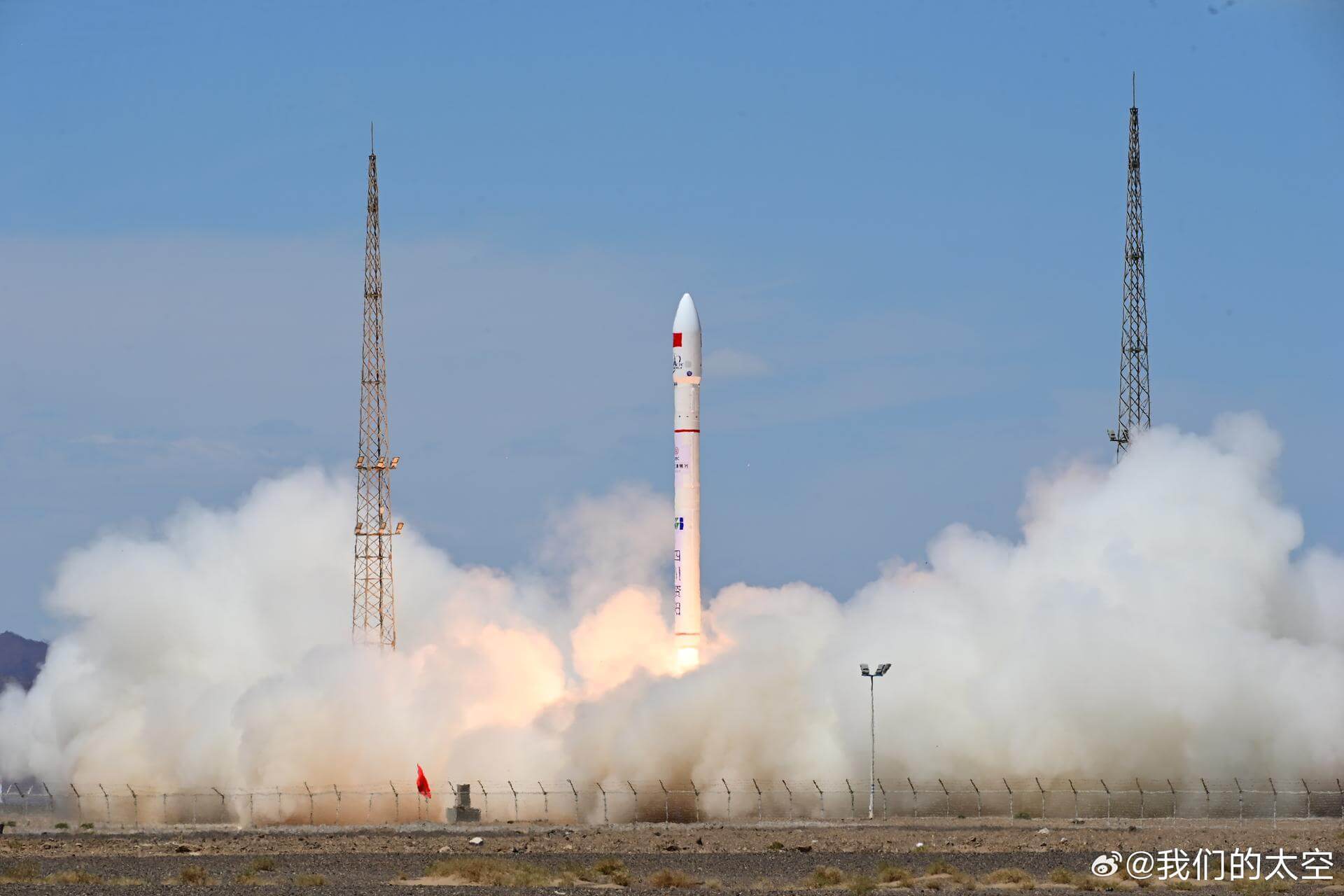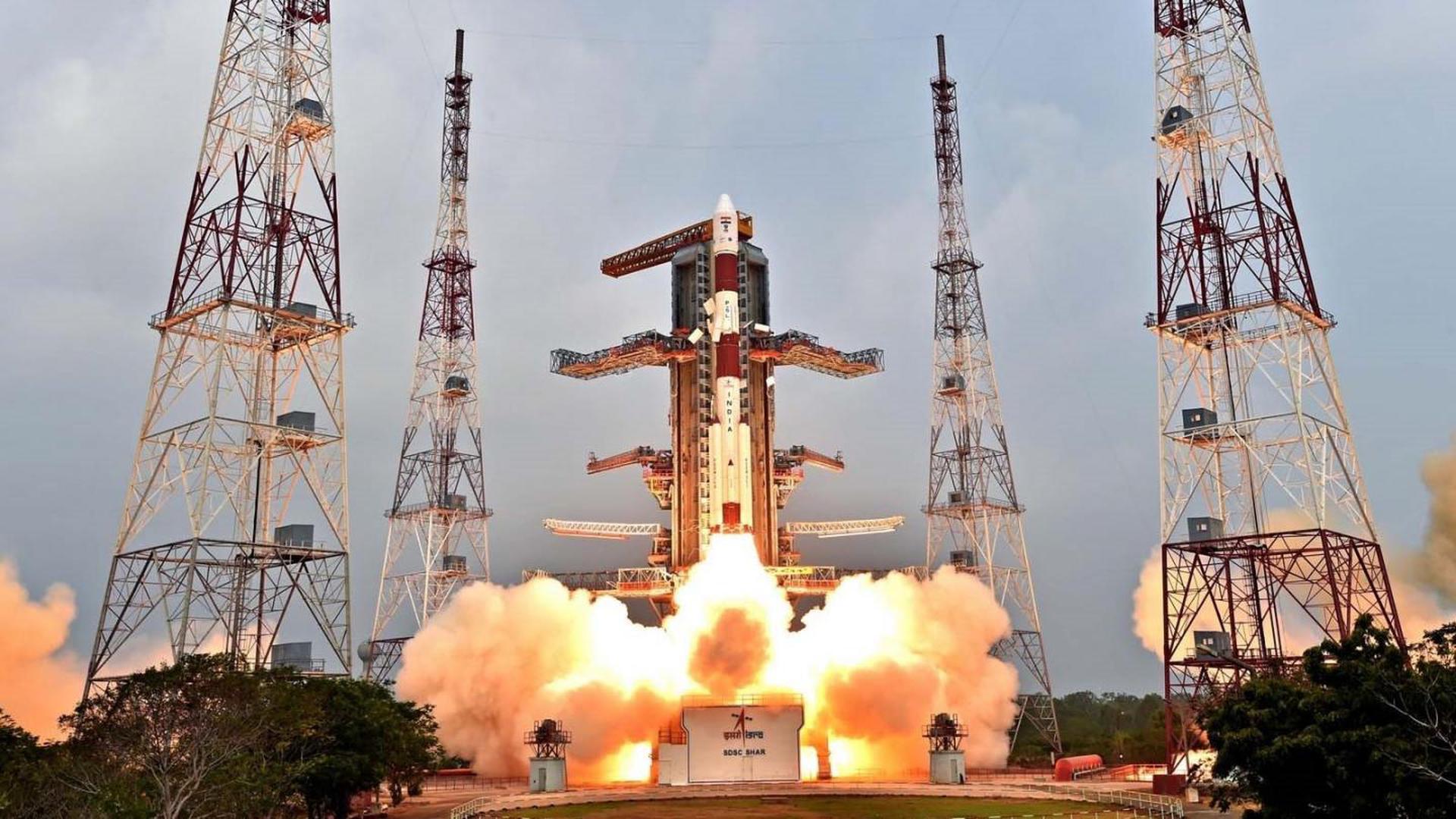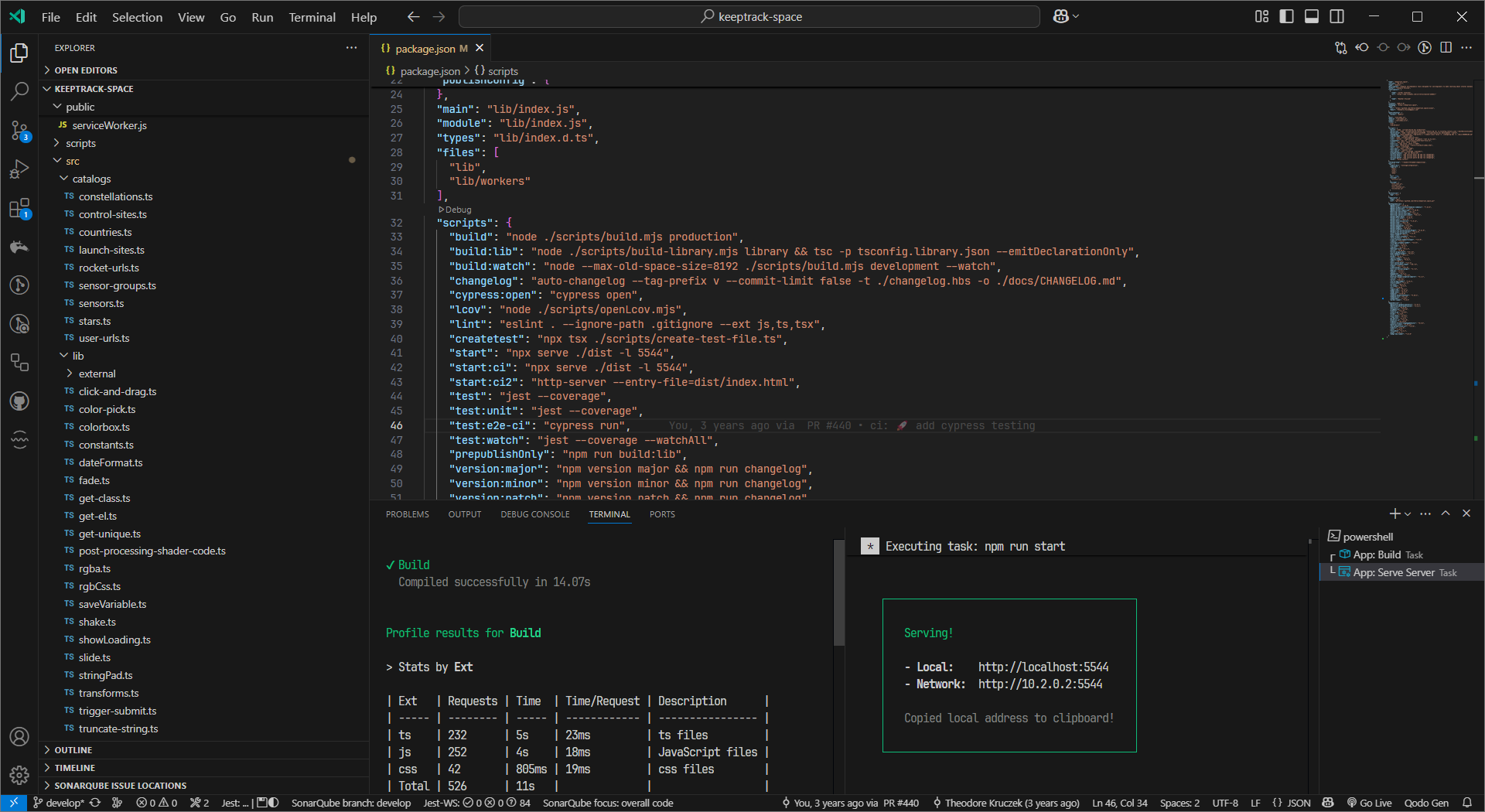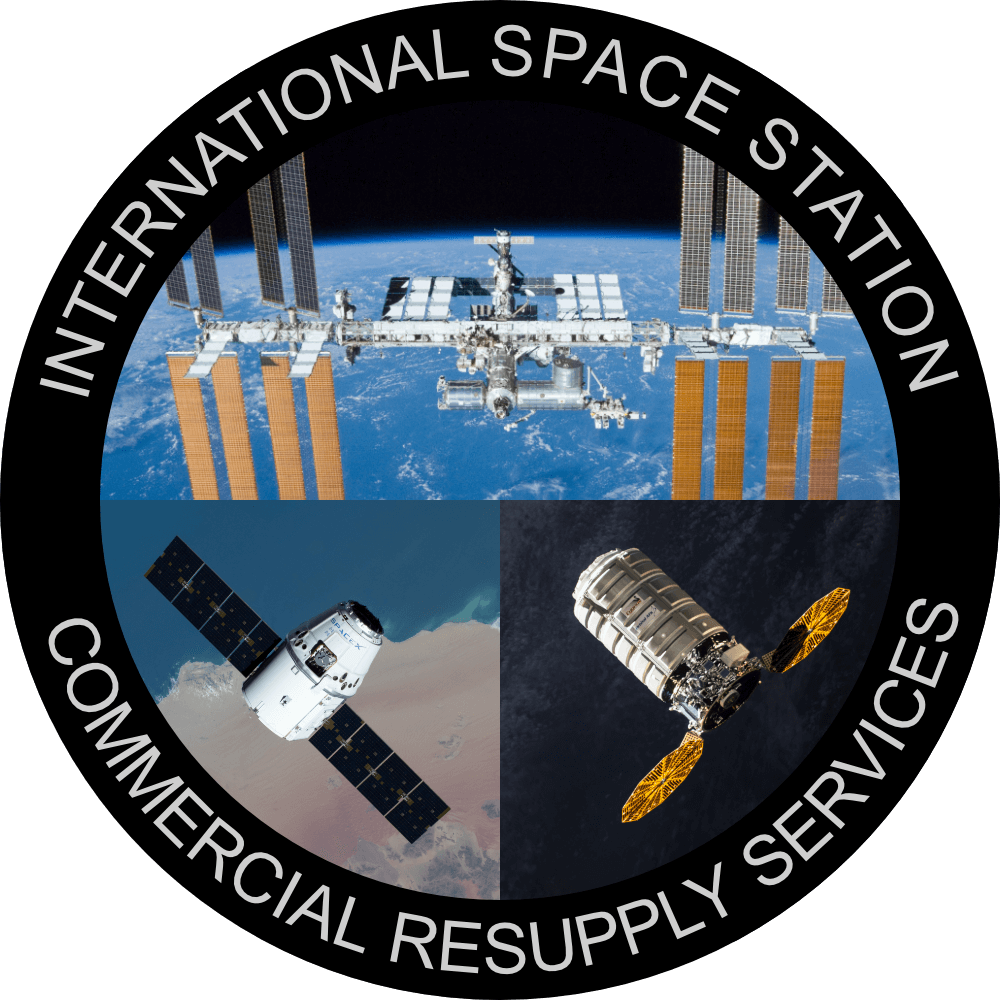· space brief · 5 min read
Space Brief 10 May 2025
Today's brief covers Rocket Lab's Neutron being selected for military tests, Space Force's strategic updates, Germany's SAR satellite plans, and a significant NASA nomination.
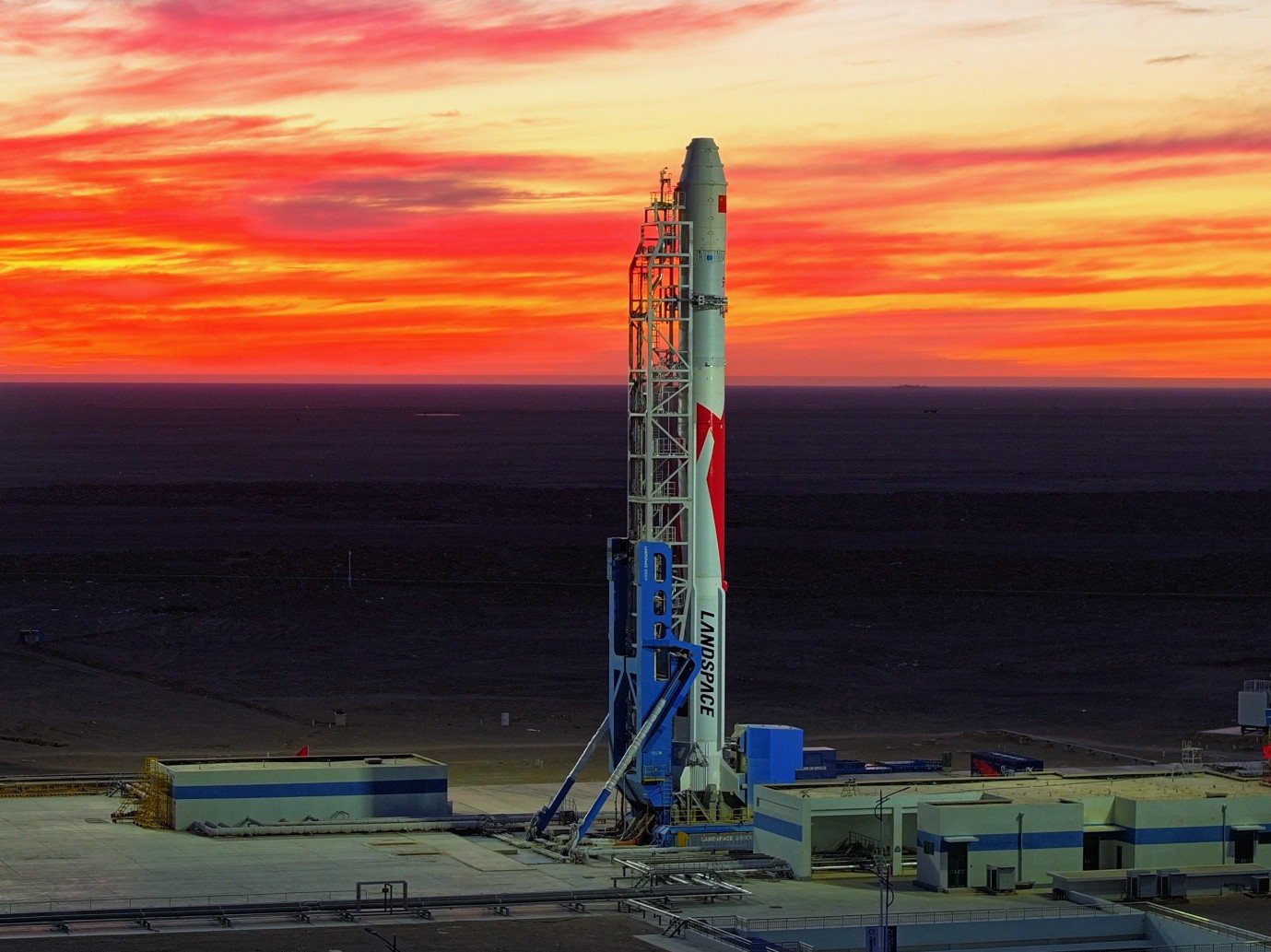
📄Top Stories
Rocket Lab’s new Neutron rocket has been chosen for critical U.S. military cargo test flights aimed at revolutionizing point-to-point transportation. The Space Force is enhancing its strategic posture with dual-use technologies. Meanwhile, Germany is advancing synthetic aperture radar satellite capabilities through a new collaboration, and a notable nomination reshapes NASA’s leadership.
📰Detailed Coverage
Rocket Lab’s Neutron To Revolutionize Military Logistics
Rocket Lab’s Neutron rocket, poised for its inaugural launch in 2025, has been selected by the U.S. military for a groundbreaking cargo test scheduled for 2026. This mission will test the feasibility of rapid point-to-point space logistics, potentially transforming military transportation by reducing global delivery times significantly.
Designed for medium-lift capabilities, the Neutron can haul up to 13,000 kg to low-Earth orbit, showcasing its suitability for a variety of payloads. As Rocket Lab pushes forward, this initiative underscores the growing importance of swift, reliable space-based logistics, highlighting our web app’s features in tracking and monitoring such strategic advancements.
Read the full story: SpaceNews
Space Force Integrates Dual-Use for Enhanced Deterrence
The U.S. Space Force is reinforcing its strategic approach by focusing on dual-use space technologies. These advancements are pivotal in maintaining a tactical edge over global competitors, particularly in areas of space control and operational flexibilities.
This shift towards a warfighting ethos emphasizes not only defense but also proactive deterrence strategies in space. With technologies that support both civilian and military operations, the Space Force aims to strengthen its supervisory capabilities in orbit, crucial for maintaining global security.
Read the full story: SpaceNews
New German SAR Satellite Project with Iceye
In a bid to enhance Europe’s military intelligence gathering, Germany’s Rheinmetall has partnered with Iceye to initiate the development of synthetic aperture radar (SAR) satellites. Plans are set to begin construction next year, marking a significant investment in European defense capabilities.
These SAR satellites will provide high-resolution day-and-night imaging, crucial for tactical surveillance across all weather conditions. This project represents a step forward in bolstering Europe’s technological superiority in spaceborne reconnaissance, supporting military operations and situational awareness.
Read the full story: SpaceNews
Leadership Shuffle at NASA with Key Nomination
President Trump has nominated former Air Force colonel Matt Anderson to serve as NASA’s deputy chief. This strategic move is expected to align NASA’s exploratory goals with national security interests, leveraging Anderson’s military background to foster cooperation between civilian and defense space sectors.
Anderson’s leadership may usher new policies fostering both exploration and security, enhancing collaboration between NASA and military agencies. This role is pivotal as NASA continues to balance its civil, commercial, and defense-related objectives.
Read the full story: Space.com
🛰️Satellite Spotlight
- Satellite Name: SKYKRAFT-1B
- NORAD ID: 55058
- Launch Date: January 3, 2023
- Mission: SKYKRAFT-1B is designed to provide communication services using an ADS-B receiver and VHS communications payload.
- Orbit: LEO (Low Earth Orbit)
- Operator: Skykraft
- Fun Fact: SKYKRAFT-1B is part of a constellation that enhances air traffic management by utilizing innovative satellite-based communication technology.
Track this satellite in real-time on our web app: Track SKYKRAFT-1B
🌌Space Weather
Space weather conditions are currently quiet.
R0 - S0 - G0
Next 24 Hours: During the next 24 hours, satellite operators can expect no risk of radio blackouts and no threat from solar radiation storms. However, we anticipate moderate geomagnetic activity, with isolated G1 (Minor) storming conditions likely early on May 10 due to influences from a coronal hole high-speed stream (CH HSS) and the potential arrival of a coronal mass ejection (CME) from May 5. For satellite communication users, while minor radio blackouts (R1-R2) may occur on May 10-11, the risk decreases on May 12, allowing for stable operations. Ground-based radars and telescopes should remain unaffected, but increased geomagnetic activity may provide interesting observational opportunities.
Beyond: Looking ahead, from May 5 to 31, solar activity is expected to remain predominantly low, with occasional chances for M-class flare activity but no proton events anticipated at geosynchronous orbit. A notable increase in the greater than 2 MeV electron flux is likely from May 5-12 and again from May 29-31, which may pose challenges for satellite operators. Geomagnetic activity is predicted to reach G1 (Minor) storm levels on May 18 and again from May 29-31 due to negative polarity coronal hole influences. Additionally, expect periods of active conditions on May 5-6, 9-11, 16-17, 19-21, and 27, while most of the remainder of the month should see quiet to unsettled conditions. Ground-based radars and telescopes can expect stable atmospheric conditions for observations, with minor fluctuations due to the anticipated geomagnetic activity.
🚀Upcoming Space Launches
May 11
- SpaceX Falcon 9:
- Starlink Group 6-83 from Kennedy Space Center (04:24 UTC) A batch of satellites for the Starlink mega-constellation - SpaceX’s project for space-based Internet communication system.
- China Aerospace Science and Technology Corporation Long March 6A:
- Unknown Payload from Taiyuan Satellite Launch Center, People’s Republic of China (13:12 UTC) Details TBD.
May 12
- China Aerospace Science and Technology Corporation Long March 3C/E:
- Unknown Payload from Xichang Satellite Launch Center, People’s Republic of China (17:59 UTC) Details TBD.
May 13
- SpaceX Falcon 9:
- Starlink Group 15-4 from Vandenberg SFB, California, USA (00:00 UTC) A batch of satellites for the Starlink mega-constellation - SpaceX’s project for space-based Internet communication system.
- China Aerospace Science and Technology Corporation Long March 2D:
- Unknown Payload from Jiuquan Satellite Launch Center, People’s Republic of China (04:03 UTC) Details TBD.
May 14
- SpaceX Falcon 9:
- Starlink Group 6-67 from Cape Canaveral SFS, Florida, USA (15:43 UTC) A batch of satellites for the Starlink mega-constellation - SpaceX’s project for space-based Internet communication system.
May 15
- Gilmour Space Technologies Eris-1:
- Maiden Flight from Bowen Orbital Spaceport (00:00 UTC) Maiden flight of Gilmour Space’s orbital launch vehicle Eris.
- LandSpace Zhuque-2E:
- Unknown Payload from Jiuquan Satellite Launch Center, People’s Republic of China (04:04 UTC) Details TBD.
Note: Launch dates and times are subject to change due to technical or weather considerations.

Maurice Stellarski


